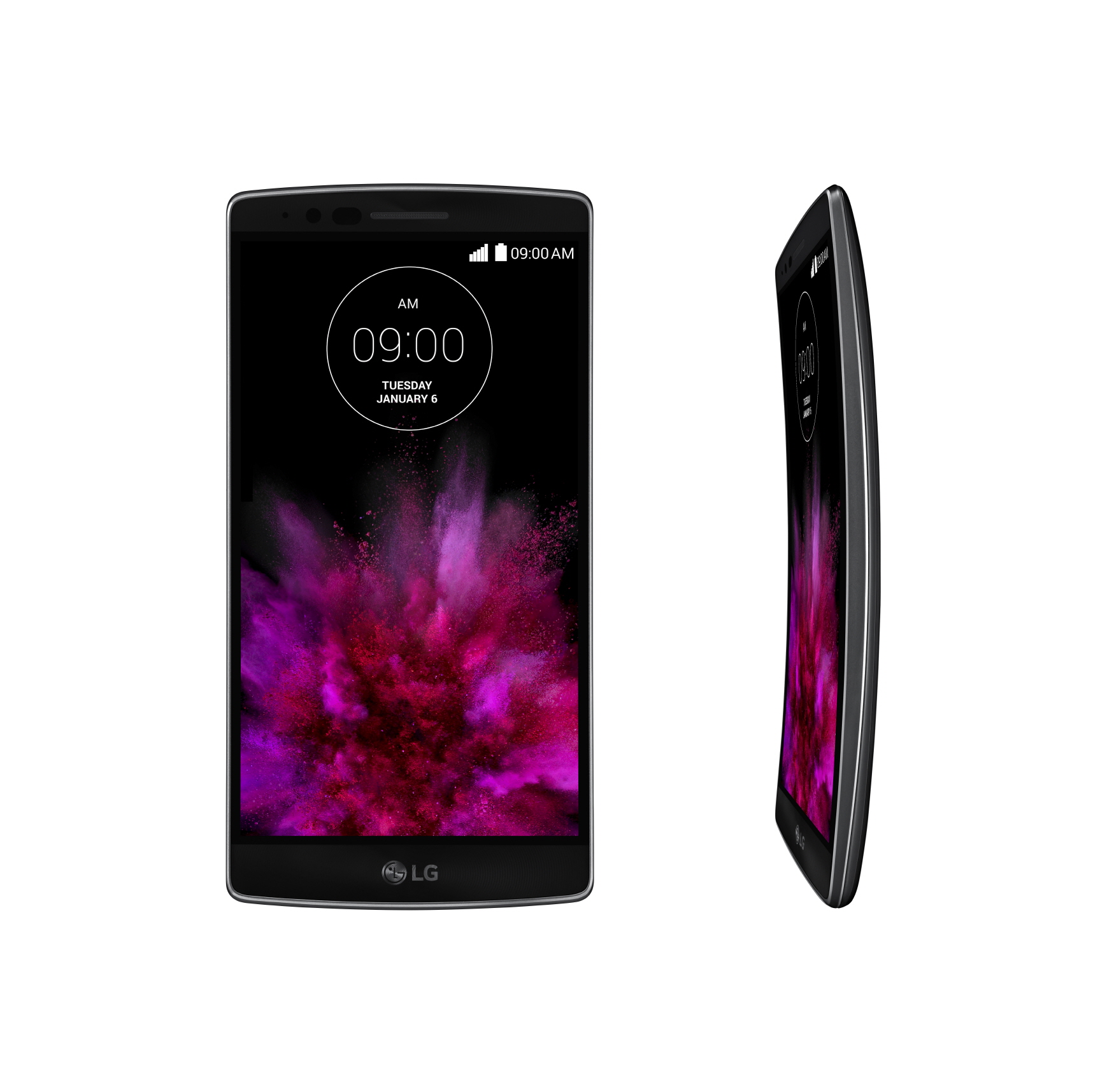Articles
Samsung Galaxy S III | Samsung Galaxy S 3 | The Age Technology
Samsung Galaxy S III signup page goes live | Engadget
Samsung launches new services for the Galaxy S III: Music Hub, S Health and more | Engadget
Samsung Galaxy S III vs Galaxy S II and Galaxy S: meet the family | Engadget
My Comments
There was a sense of hype being built up around Samsung’s latest Galaxy smartphone that was to be launched in London today (5 May 2012) but I was wondering whether it really had a lot more to look forward to.
It is an Android Ice Cream-Sandwich phone that works with the user in a natural manner such as supporting “Smart Stay” which works with eye-tracking to keep the display on while you are looking at it; as well as a “direct call” option which starts dialing the number on the screen if you pick it up to your ear; as well as voice-recognition that is intended to answer Apple’s Siri in its capabilities.
Oh yeah, it is still with an AMOLED screen but larger and with high resolution, but not as large as the Galaxy Note “PDA-size phone”. It also has the expectations of a desirable smartphone such as an LTE variant; Bluetooth 4.0 “Smart Ready”, near-field communication.
What is in my favour for the Galaxy S II is that it has inherent support for MirrorLink so that it can use the display and control surface of a compatible automotive infotainment system as its display and control surface. The 8Mp rear camera also impresses me due to implementation of auto-focus.
Samsung are also running a comprehensive accessory suit including a wireless charger and an AllShare wireless link to video display equipment.
The press reckons that the Android-based answer is the HTC One X but they see this also as Samsung coming up with a phone that beats the Apple iPhone and has cause for Apple to work harder on the next iPhone iteration. It certainly is an example of the way mobile-computing has come of age, in a similar way to how GUI-driven desktop computing has come of age in the late 1980s when GUI operating environments appeared for computer platforms other than the Apple Macintosh.


